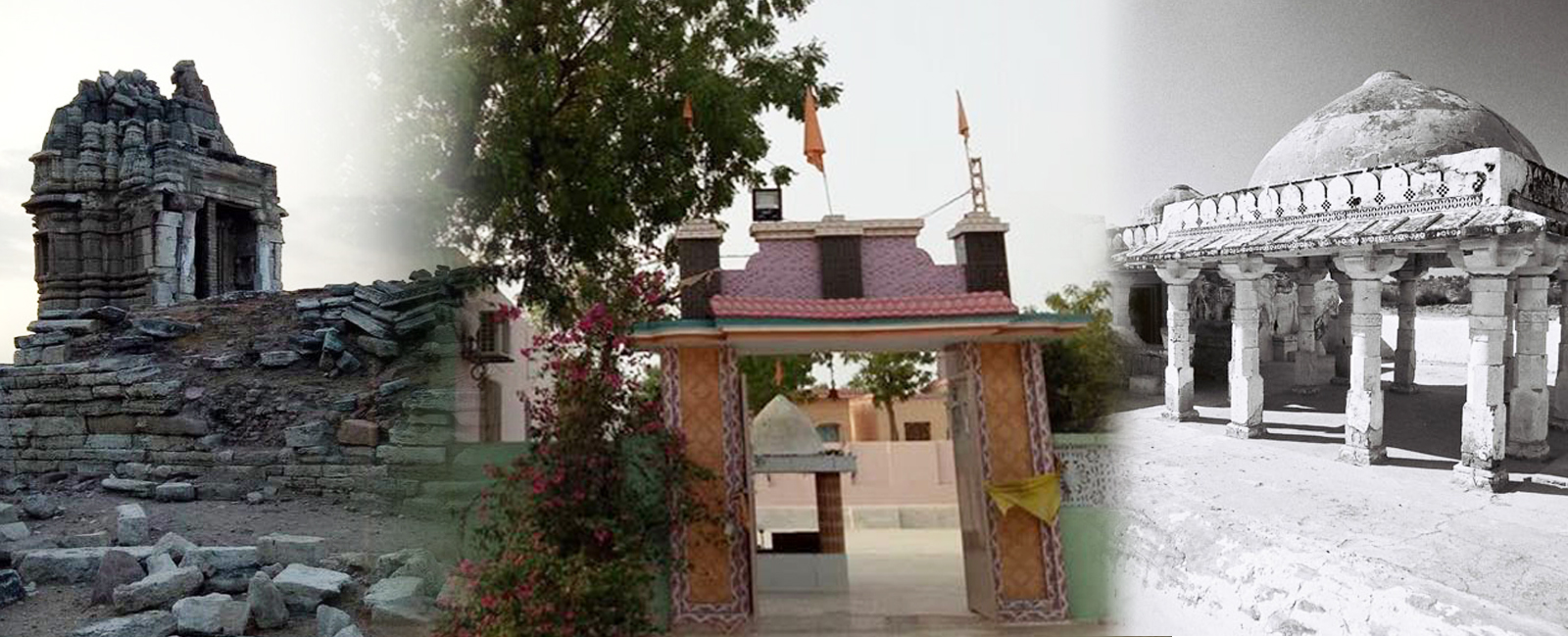

Scattered all over the seemingly barren, yet culturally diverse region of Tharpakar, Sindh are Hindu temples that have been thriving in the belt ever since their birth.
With Hindus constituting an eminent part (approximately 41%) of the entire population in Thar, their numerous prayer sites have predominantly marked this part of the country’s history.
Narrating a story of great reverence that the people of the area, irrespective of religion, have for the Hindu Gods and Godesses, one of the best-preserved Hindu temples was the one situated in Khipro, near Achro Thar. Boasting a series of Hindu idols and artifacts, the temple is huge, properly-maintained and a major tourist attraction. According to the care-taker, it is almost 400 to 500-years-old.
'GORI TEMPLE'
A number of temples are also landmarked near the Pakistan-India border in Nagarparkar district that is home to historic temples of sorts that have otherwise withered out with time.
One such mandir is the Jain Gori Temple, originally built in the 16th century. Although dilapidated, the gorgeous white temple hardly has any visitors now, despite the existence of Gori village situated between Islamkot and Nagarparkar where Hindus live in large numbers.
According to local traditions, the temple was built in reverence of Lord Parshwanath, the 23rd Tirthankara of Jainism faith who attained Nirvana in 777 BCE.
'BODHESAR TEMPLE'
Located in the heart of Nagarparkar is the Bodhesar Temple, in close proximity of the Bodhesar Mosque, both of the structures only separated from each other by a small plain. The structures date back to 1375 to 1449.
Known as the last of three Bodhesar Temples, the mandir is set close to the foot of the Karoonjhar hills, a little south to the Bodhesar Mosque.
It consisits of an open hall called ‘Mandapa’ with a chamber interlinked with cells.
*Pictures by author and Zoya Anwer